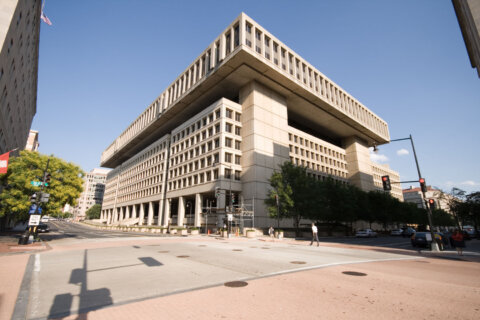Just a little before 1 p.m., a 777 FedEx plane designated as the “Panda Express” went wheels up at Dulles International Airport Wednesday. Aboard — the Smithsonian National Zoo’s beloved giant pandas heading back to China.
It is the day panda-lovers in the D.C. area have been dreading.
Tian Tian, Mei Xiang and Xiao Qi Ji were loaded into specialized crates earlier with hundreds of pounds of bamboo and some of their favorite toys hours before the D.C. zoo was set to open. The crates were loaded onto FedEx trucks emblazoned with panda photos — affectionately called the Panda Express — and headed to Dulles International Airport just before 9:30 a.m.
It’s the start of their 19-hour journey to the Wolong Panda Reserve in Chengdu, China. For Ron Zampini, the 777 chief pilot at FedEx, “It’s the highlight of my career, certainly with FedEx.”
The pandas will be quite comfortable on their “first-class” journey, FedEx spokeswoman Gina Adams said, with enough space to move around the enclosures, munch of bamboo and play with their toys.
More Panda News
- National Zoo’s giant pandas fly home amid uncertainty about future panda exchanges
- DC giant pandas land in China. What happens next and how the National Zoo prepared them
- PHOTOS: National Zoo’s pandas throughout the years
‘Never been a shipment of this magnitude’
FedEx has only had 10 of these Panda Express, and Zampini said he feels honored to have been given a “shipment of this magnitude.”
“To see the decal on that plane just really makes me feel proud,” Zampini said, adding that preparation for the 19-hour undertaking, including a stopover in Alaska for fuel, is a team effort from maintenance to the ramp personnel.
Zampini said he’s a little nervous but FedEx team fly on long missions and every day and he’s confident they’re going to do a good job.
“These bears are special. Certainly don’t want anything happening to them on my watch,” Zampini said. “Our No. 1 objective is to get these lovable bears to Chengdu safe.”
After arriving in China, Zampini said the crew will rest. Then the Panda Express airplane will travel to Osaka, Japan, to be “repositioned” before going back into service for FedEx.
As for the pandas, they will be quarantined for 30 days.
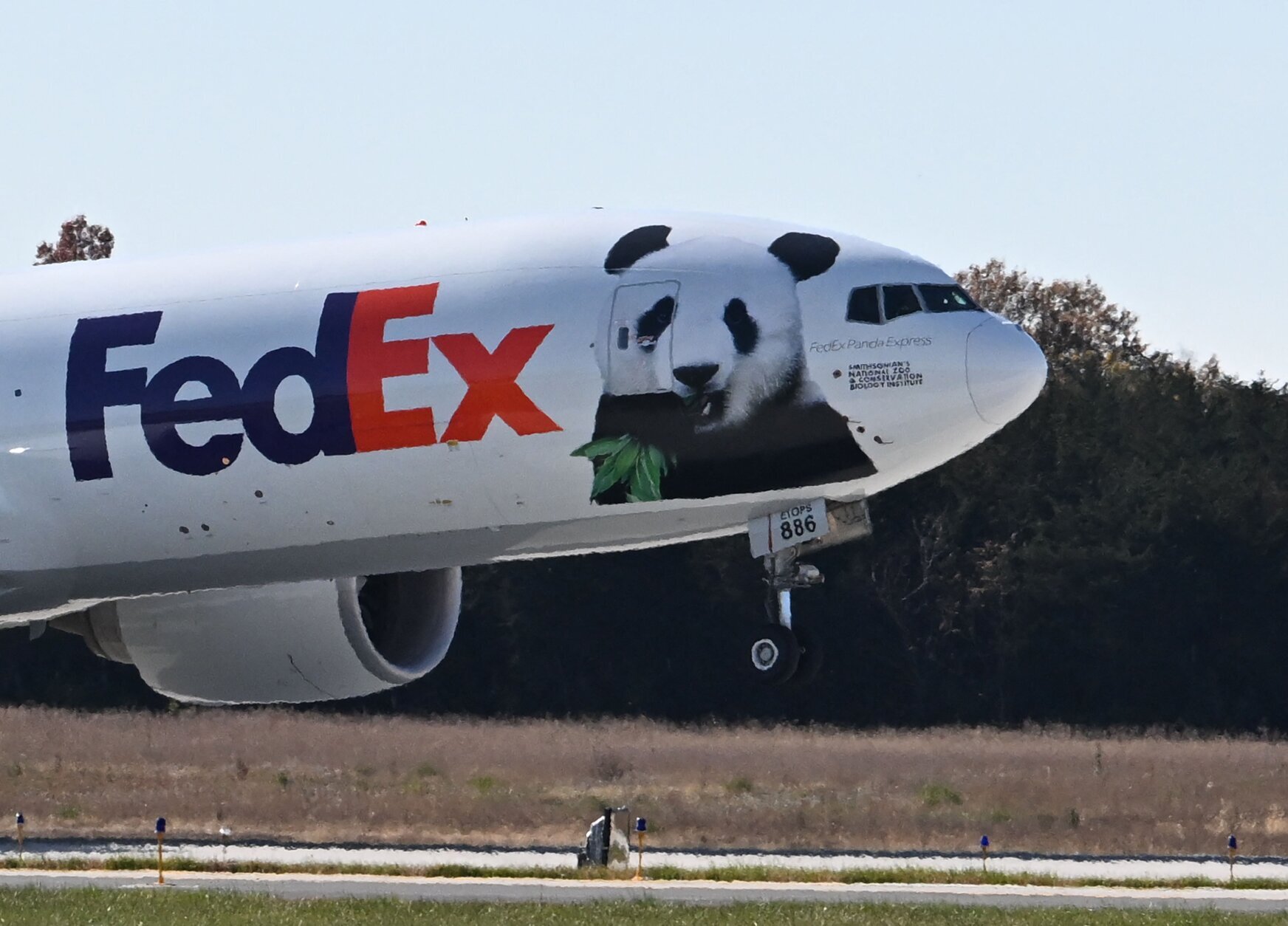
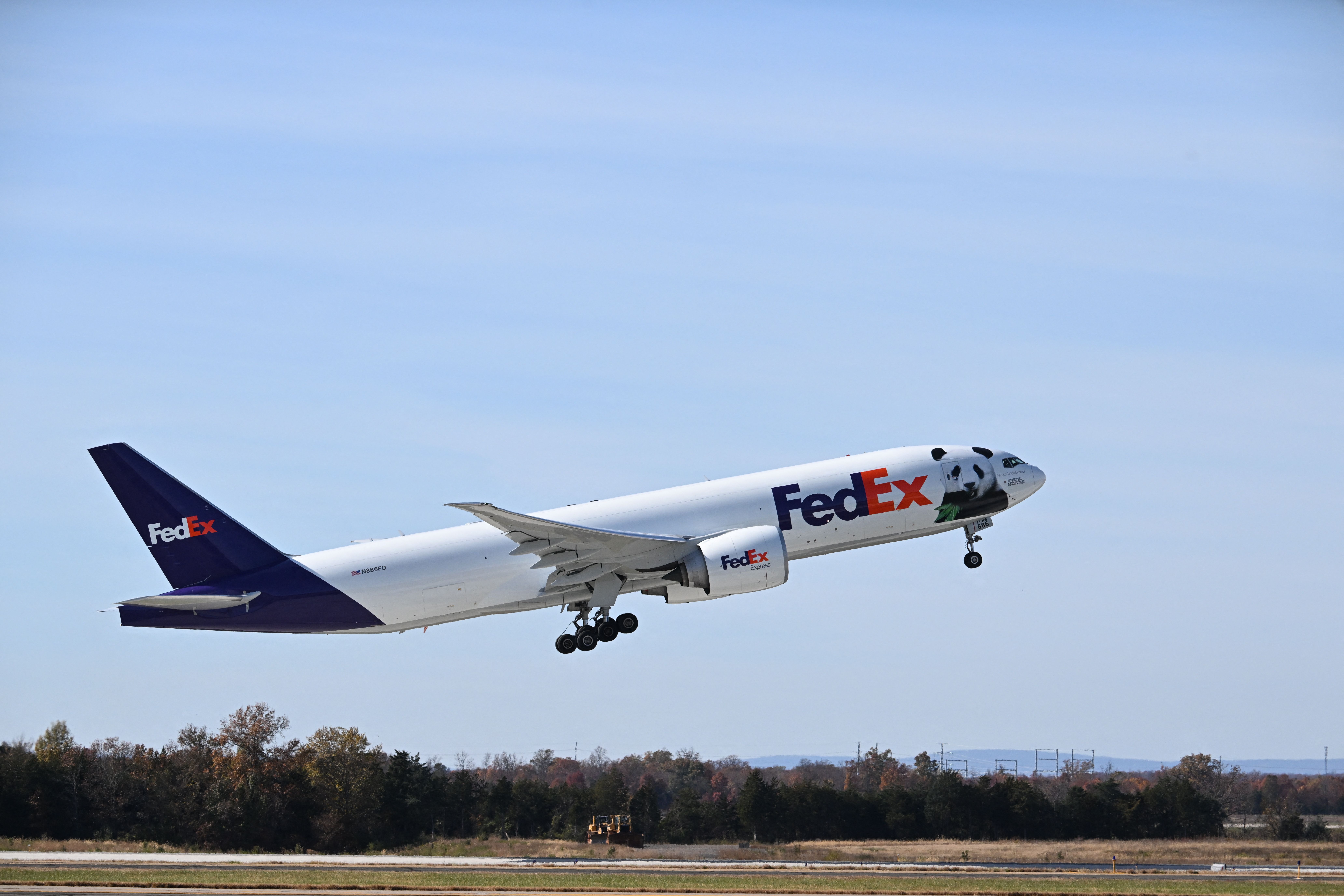
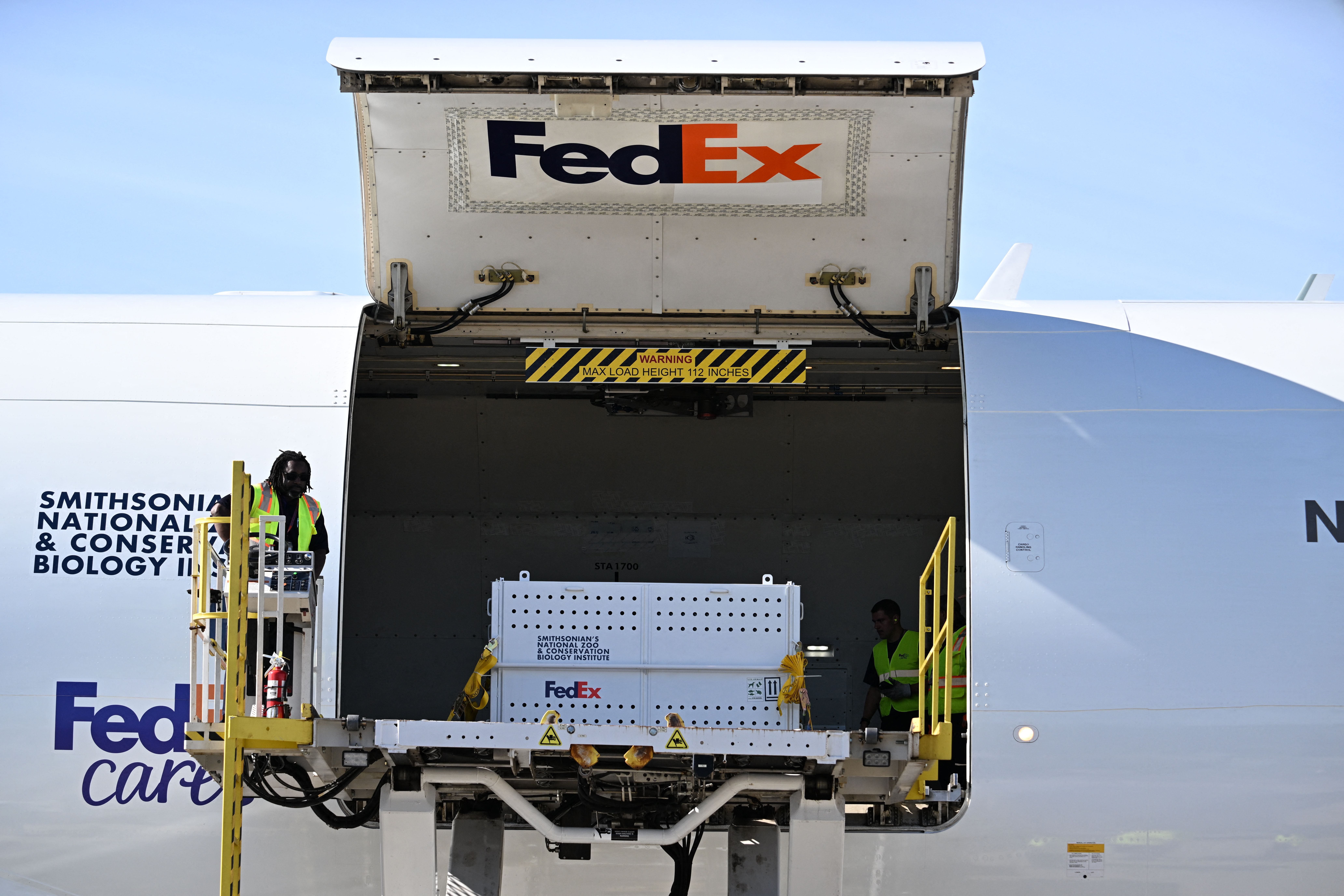
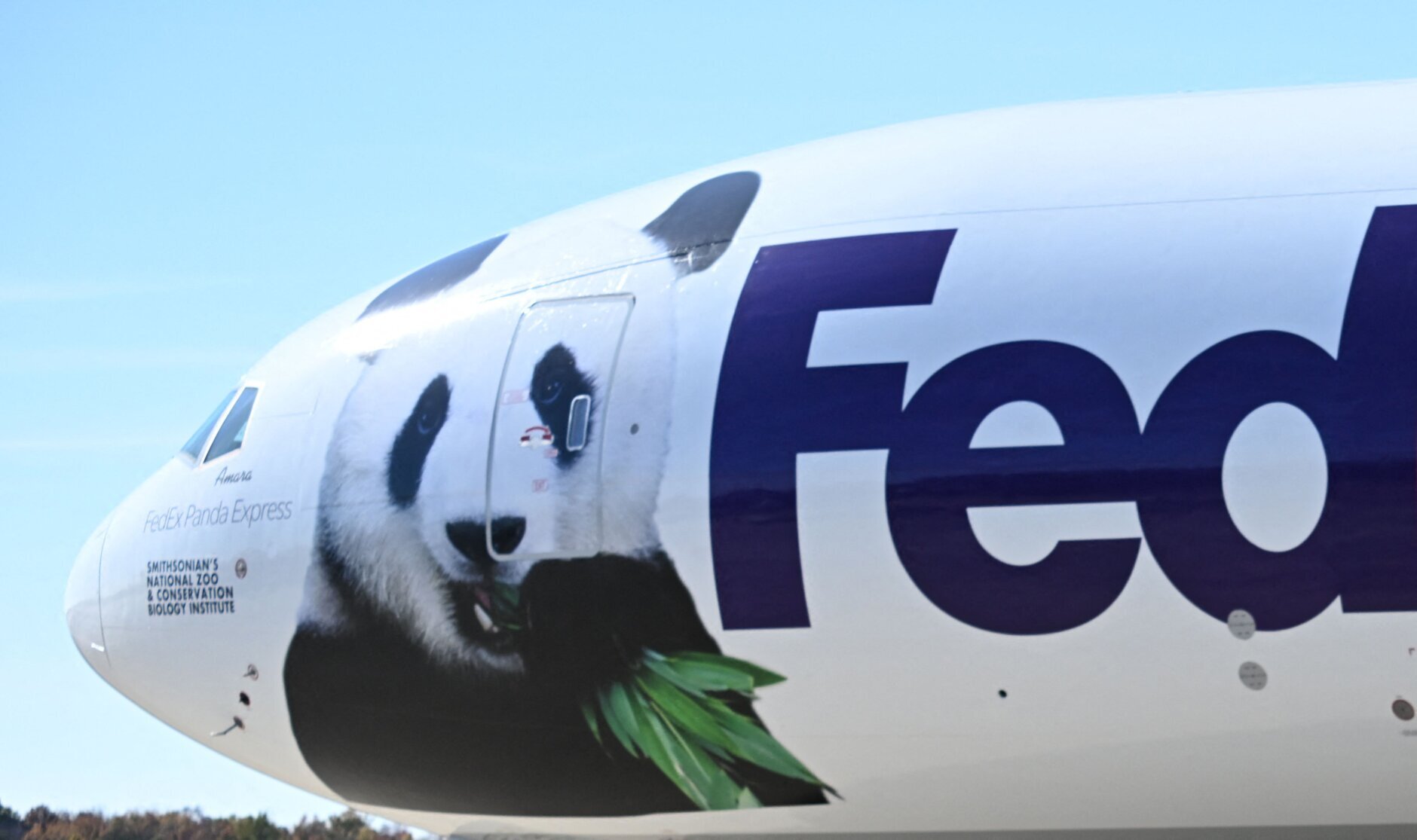
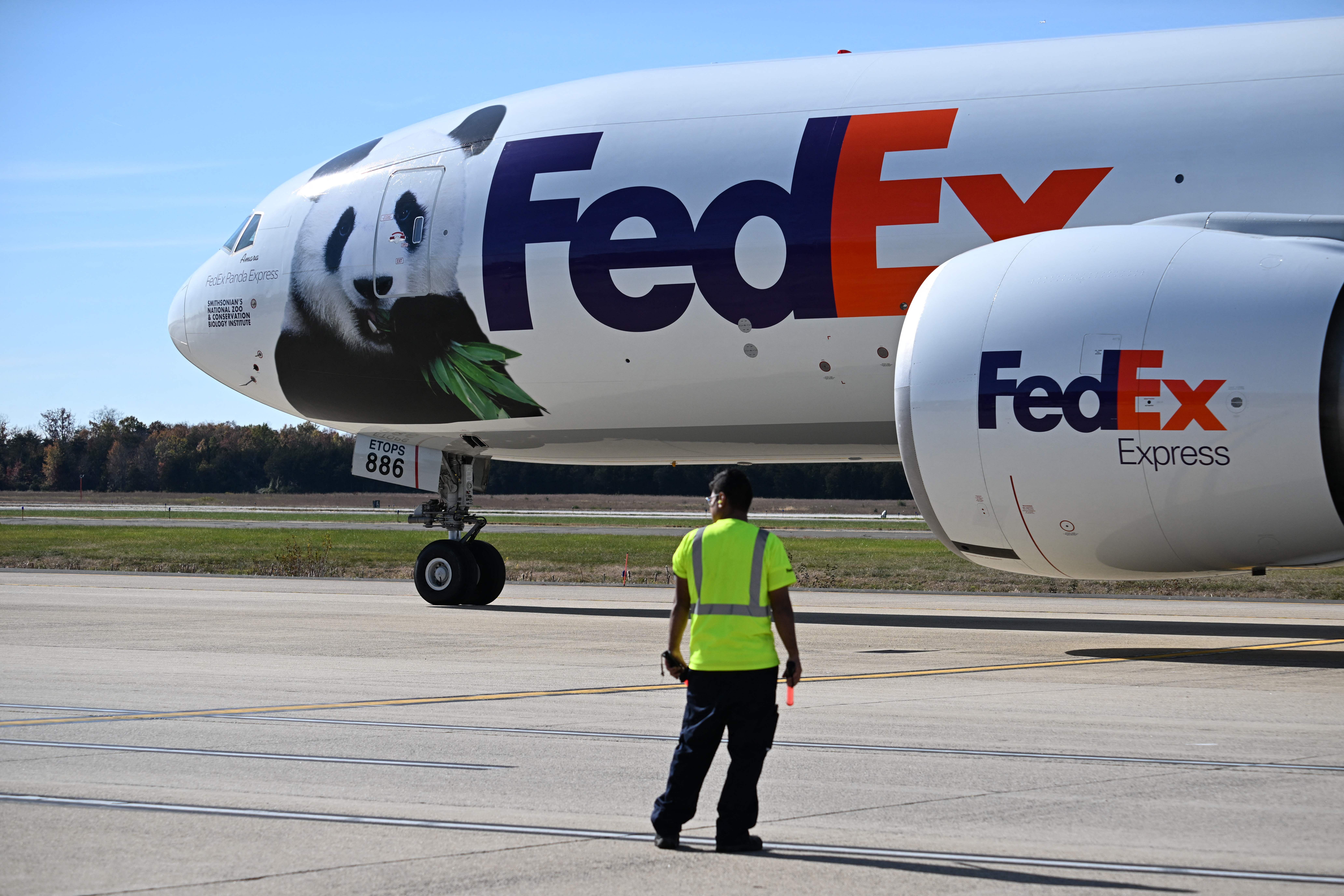
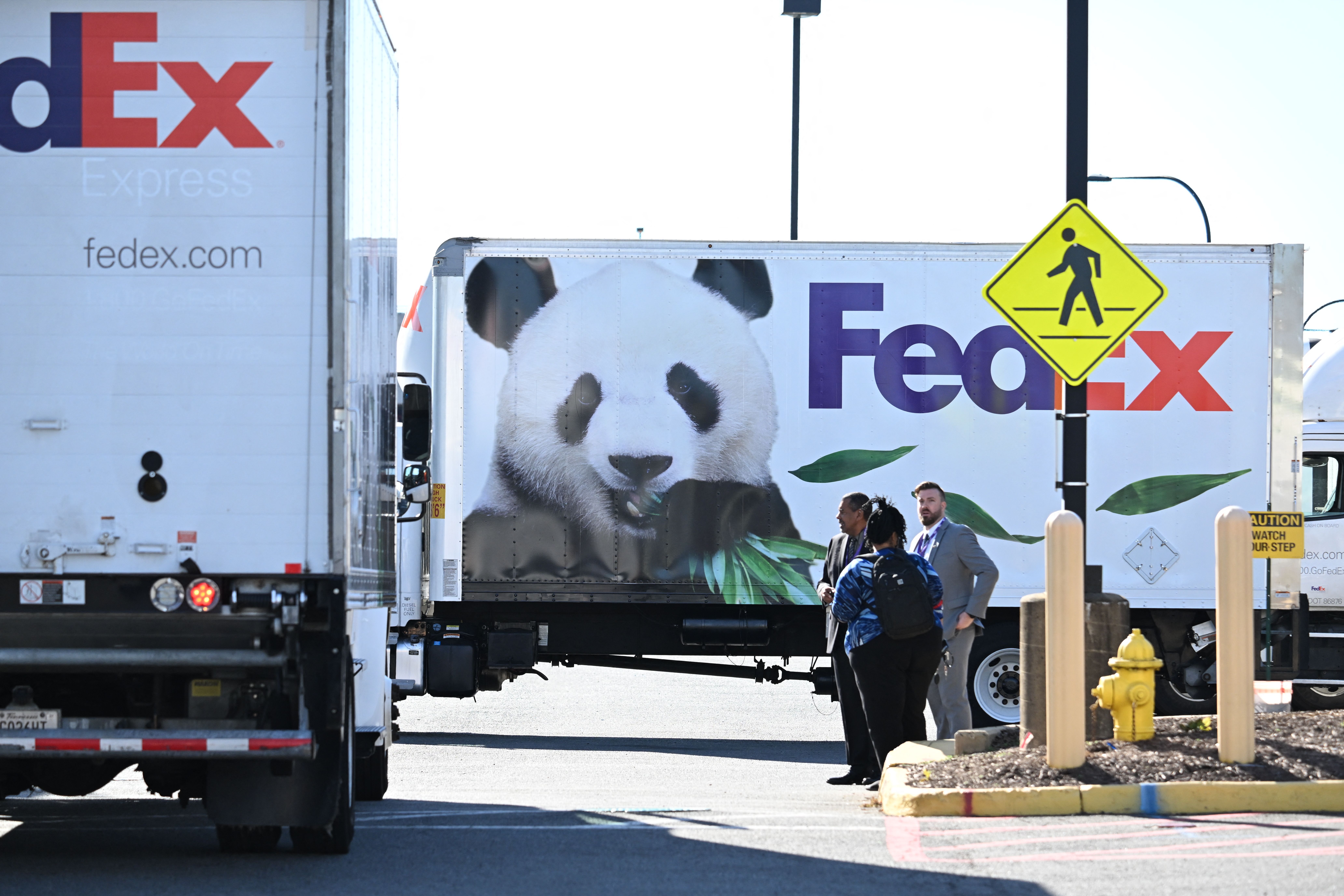
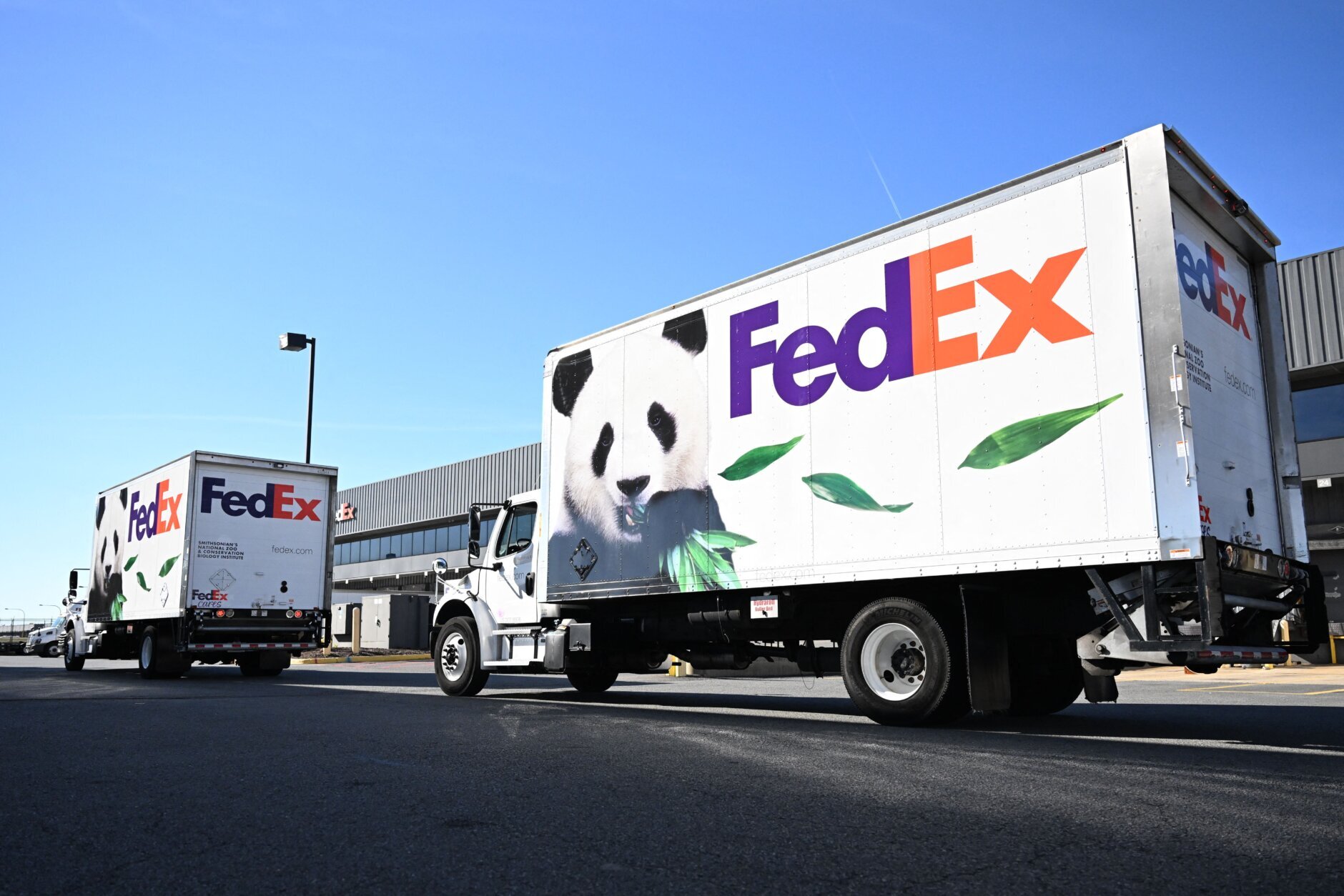
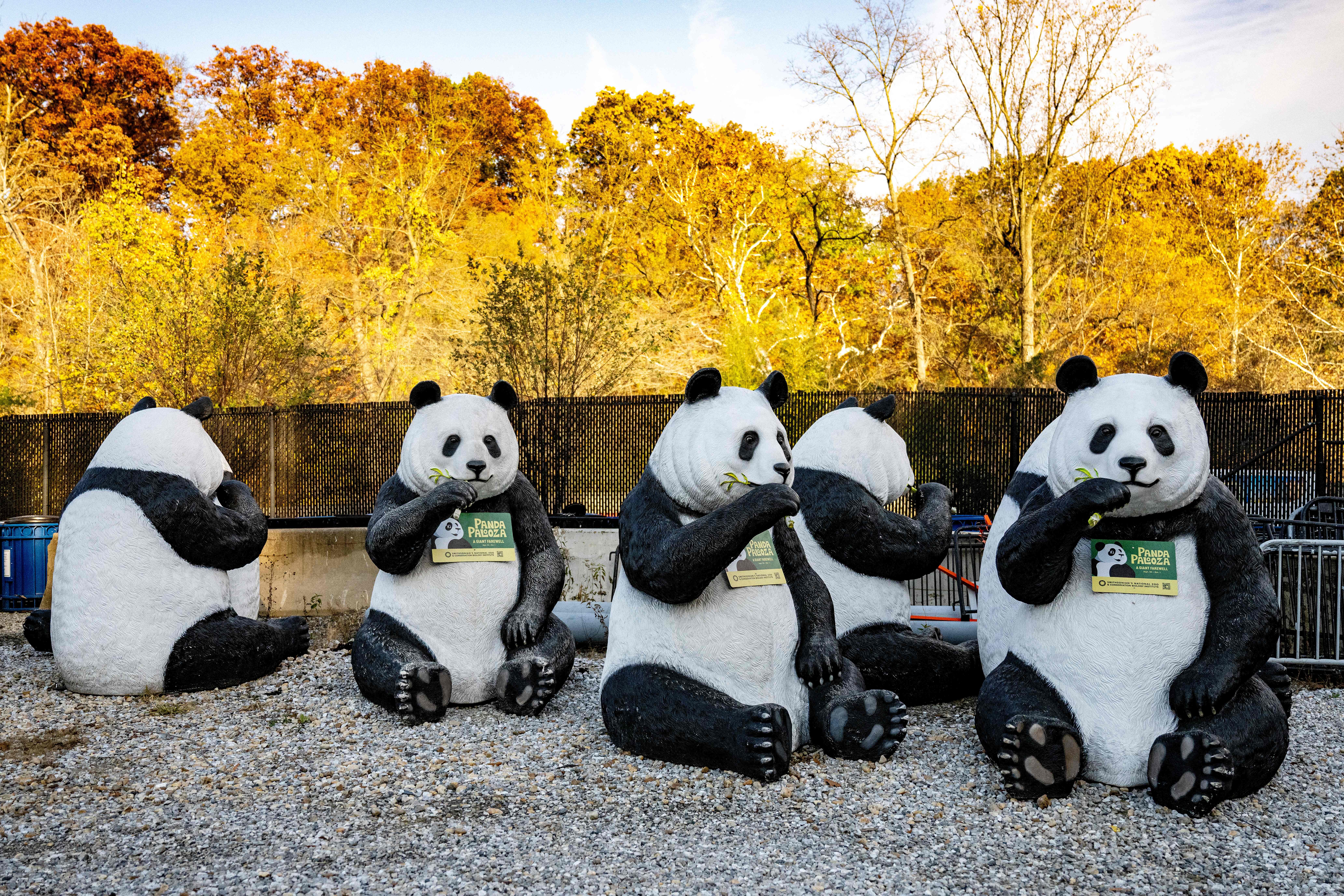
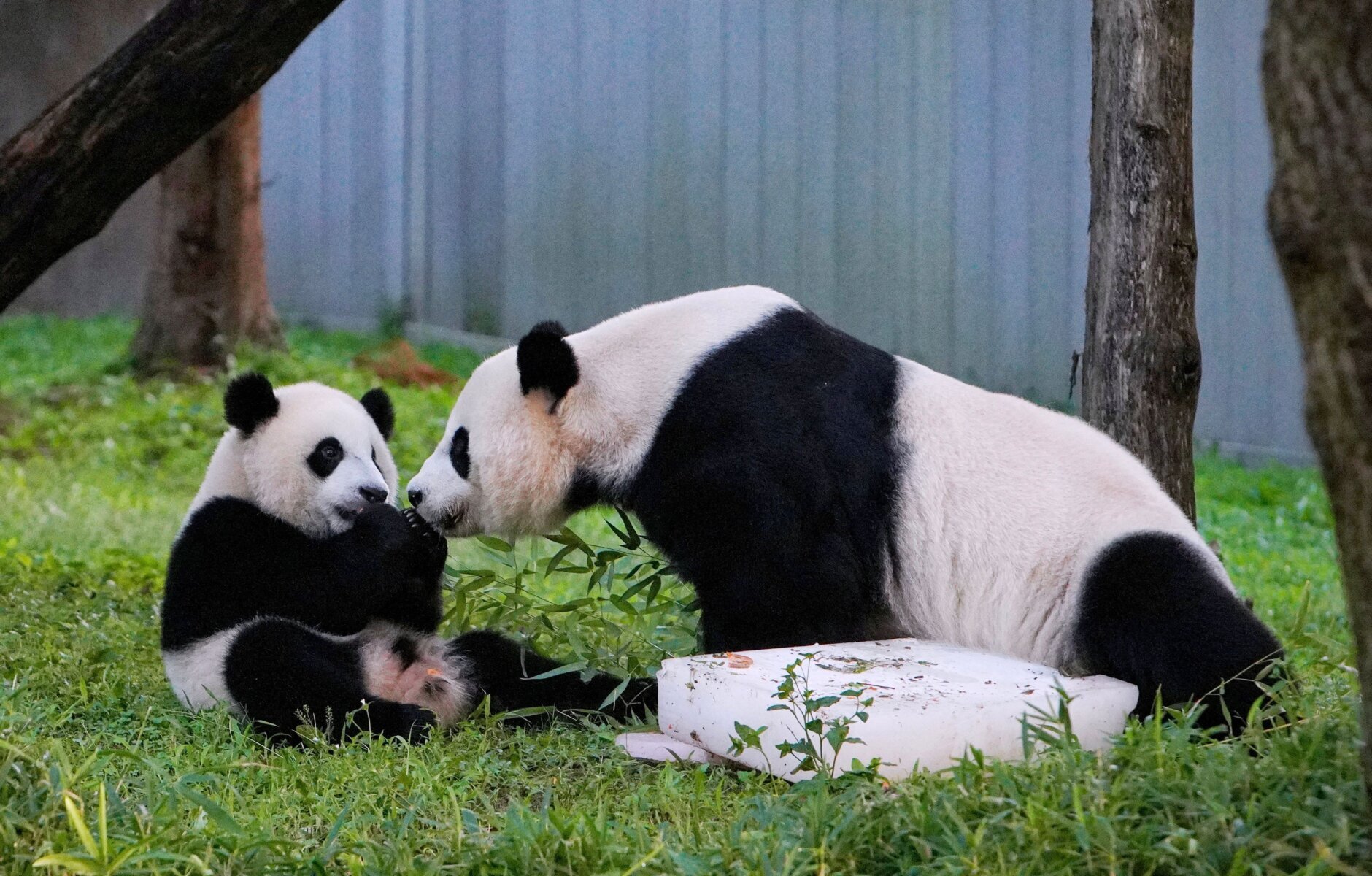
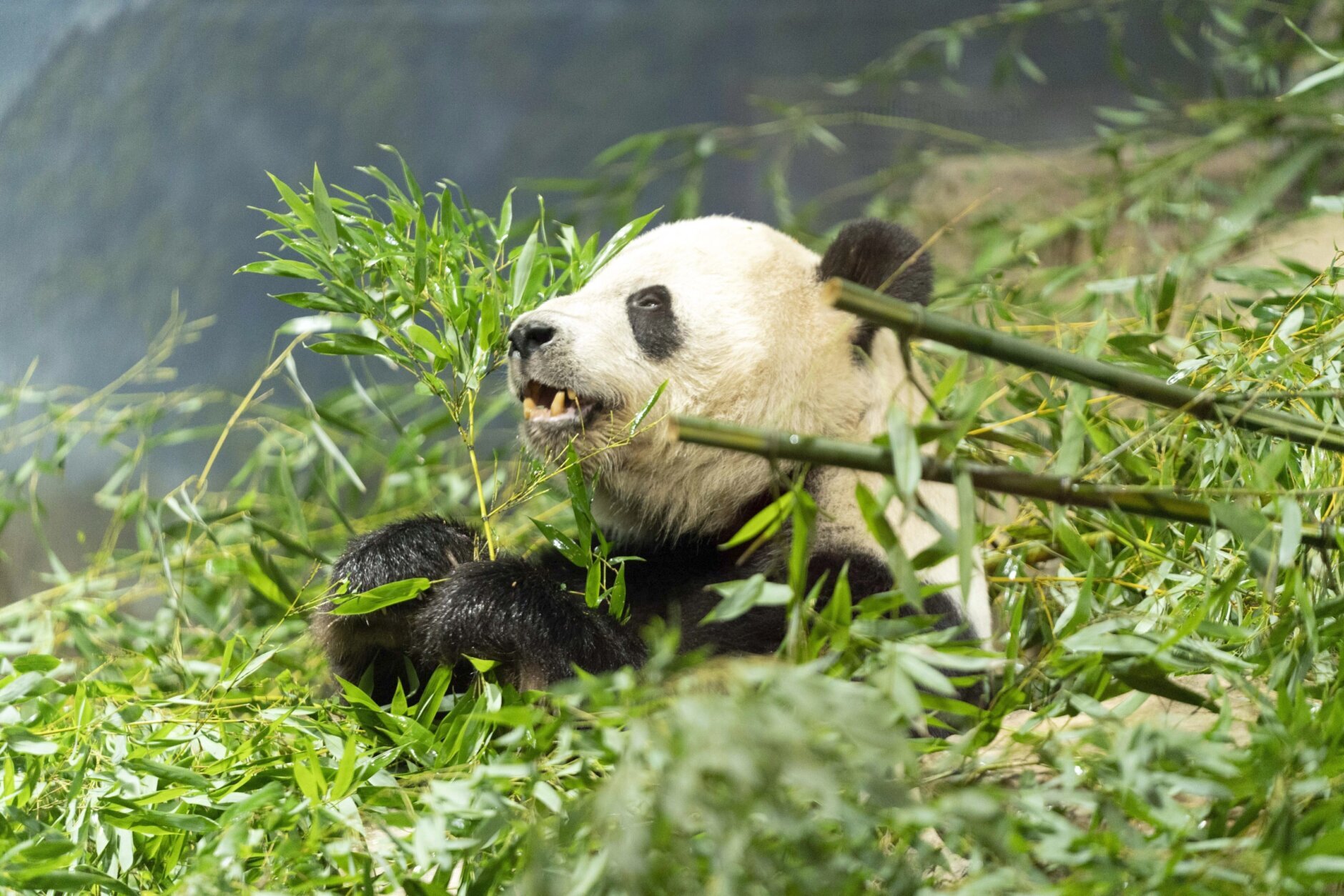
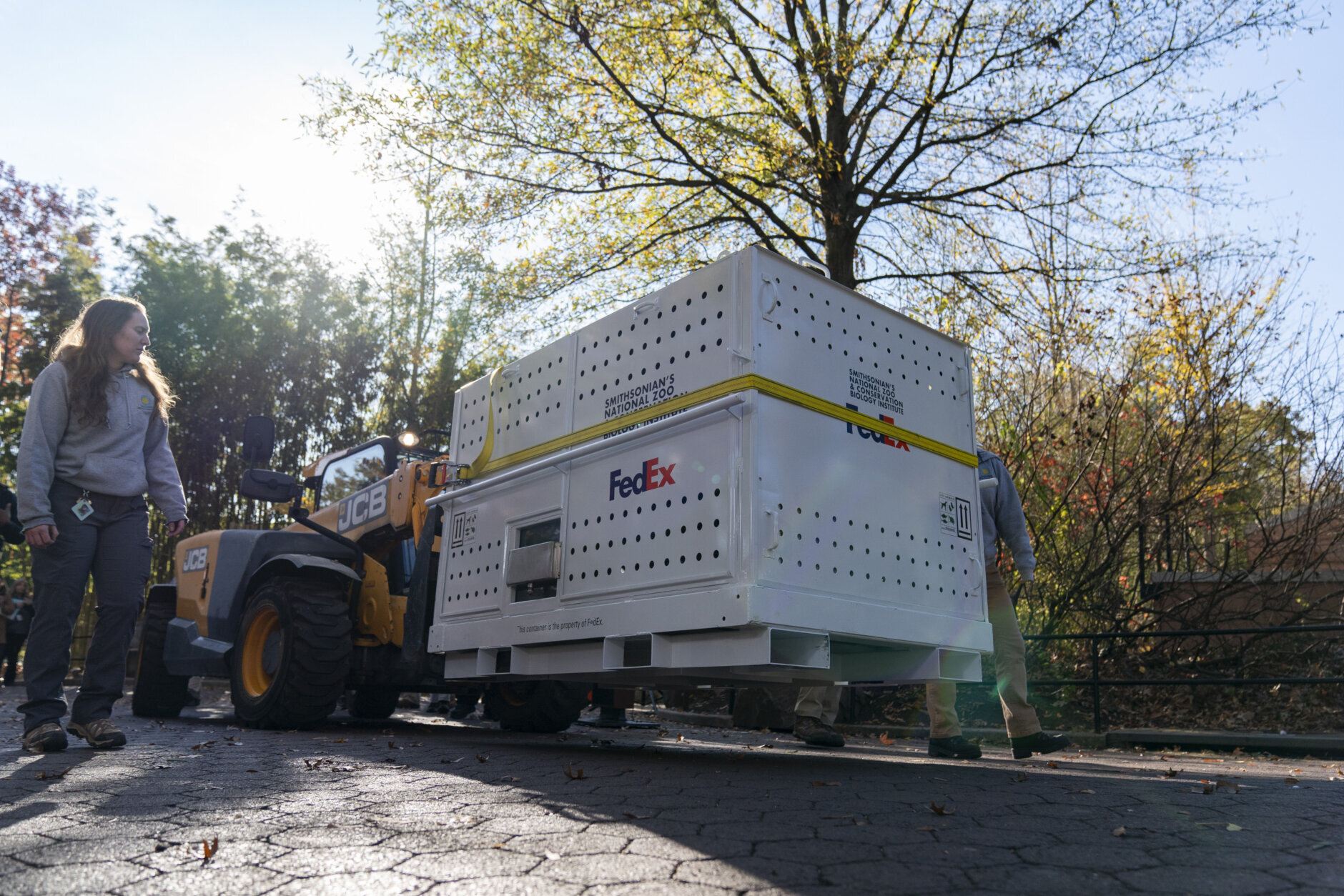
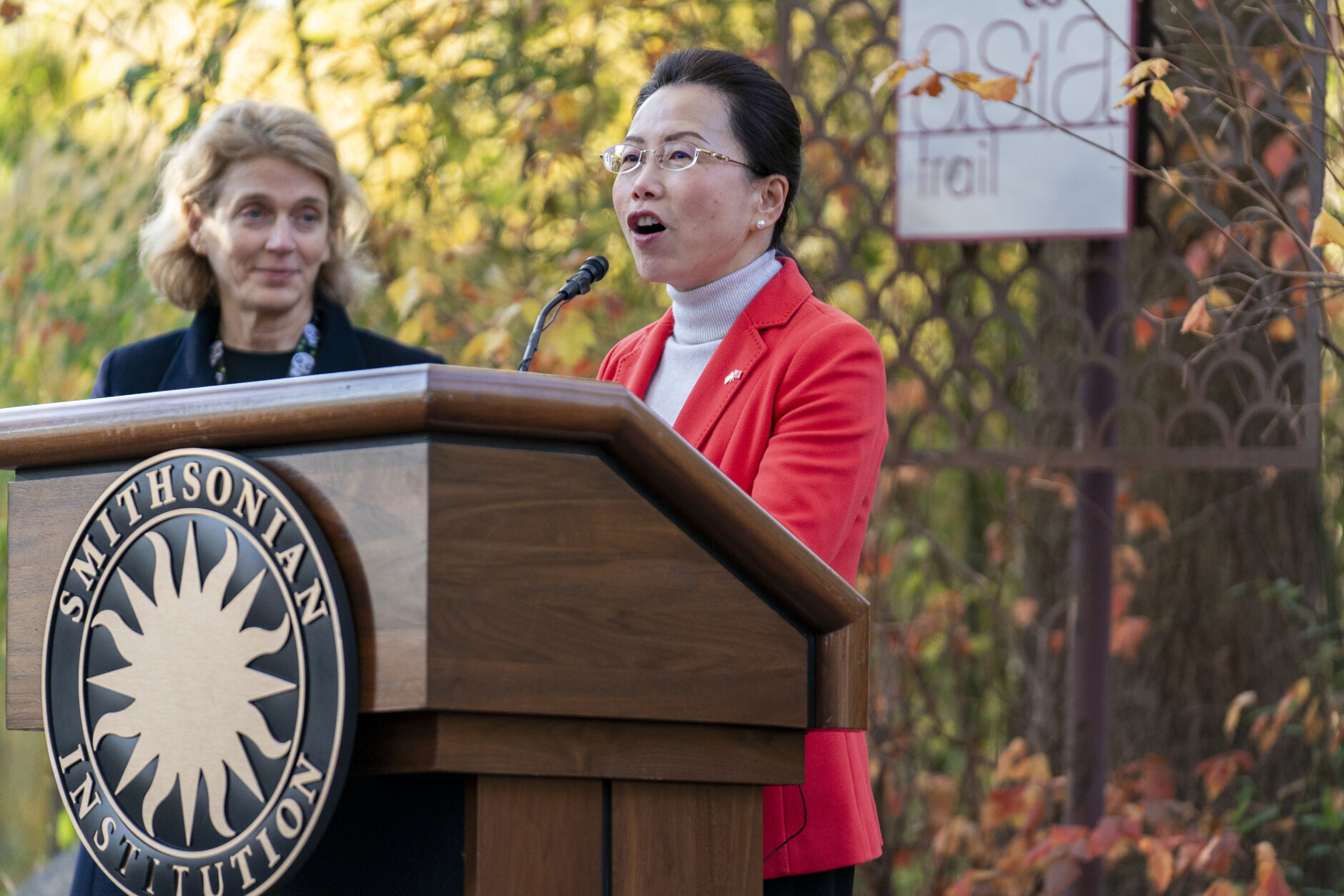
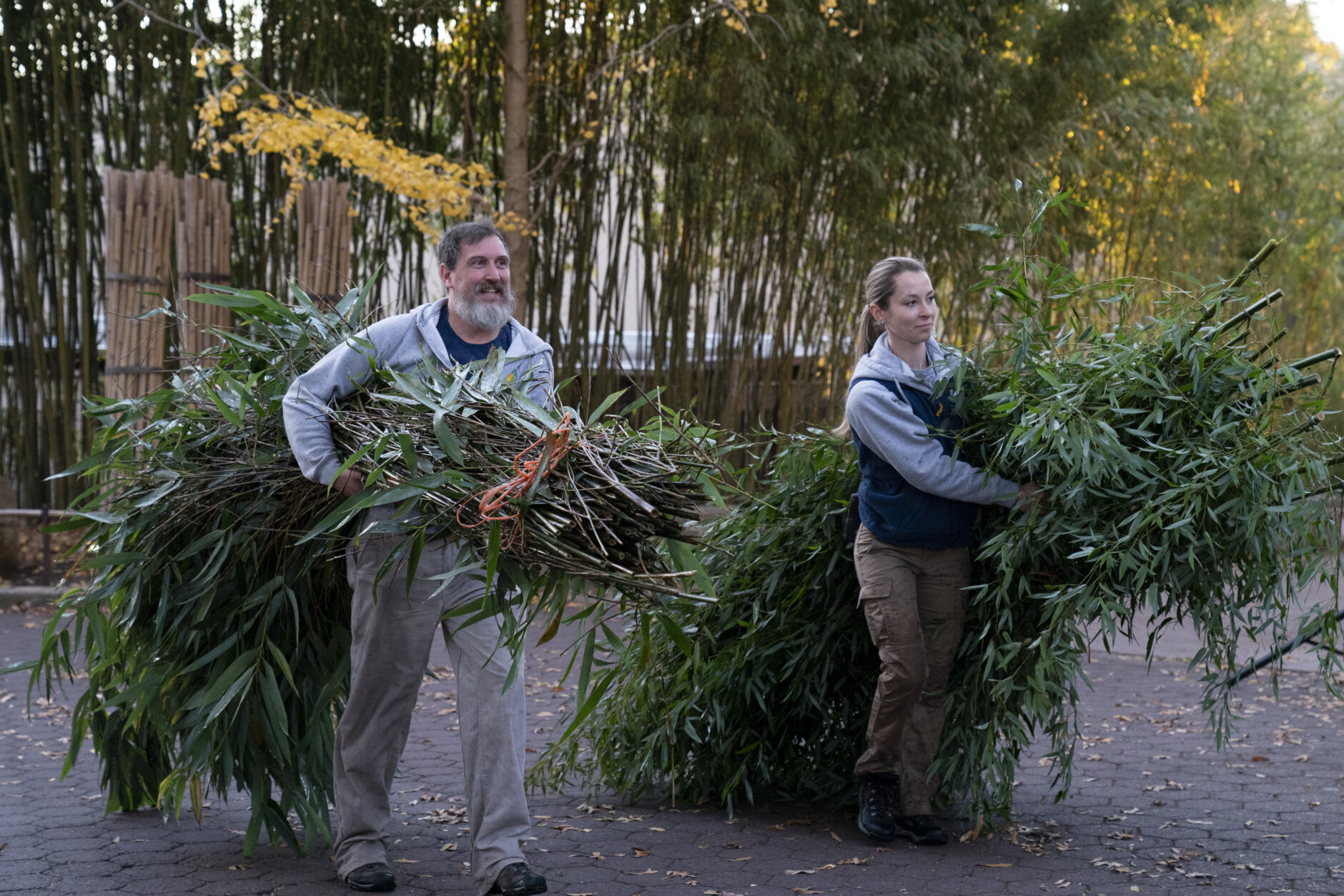
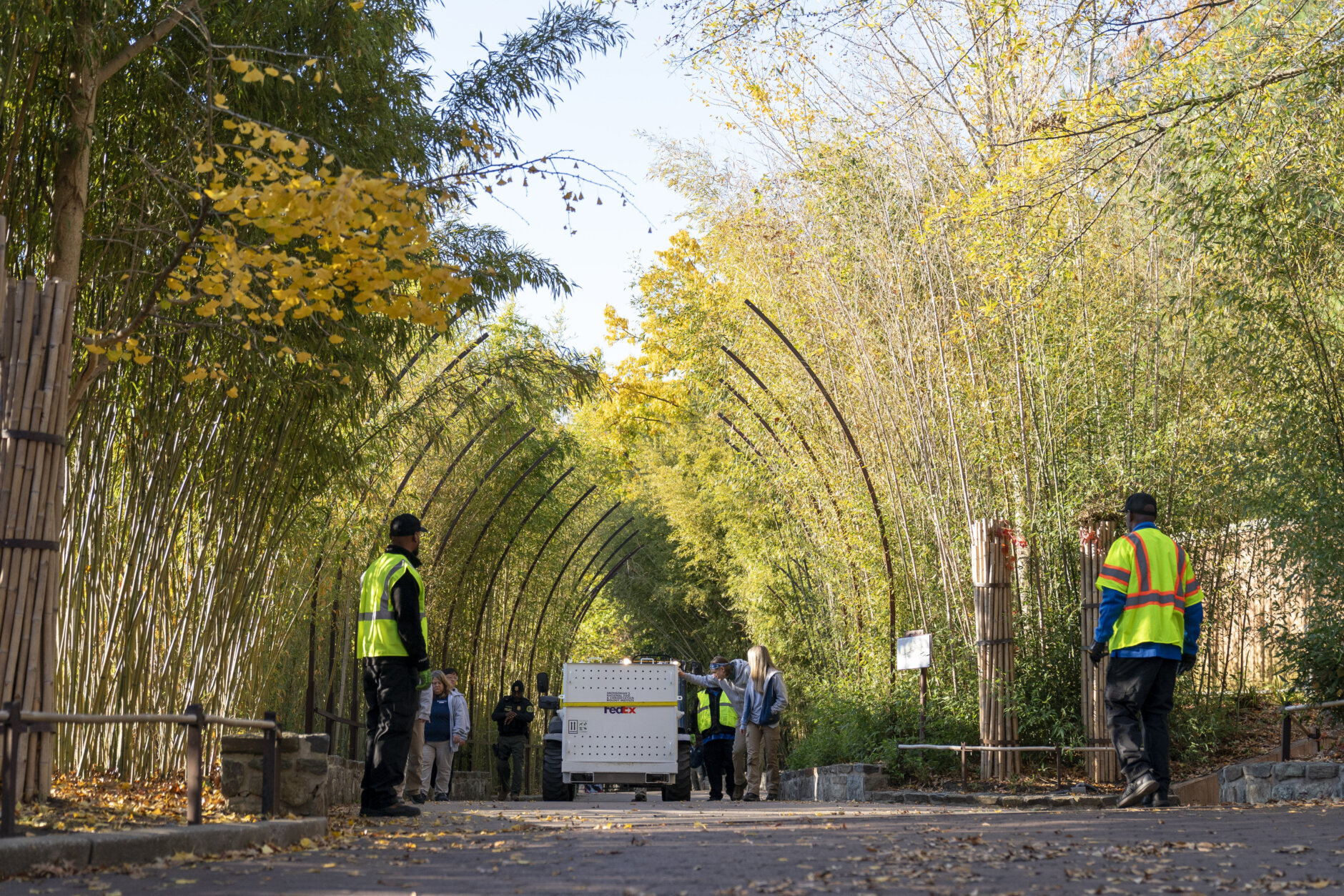
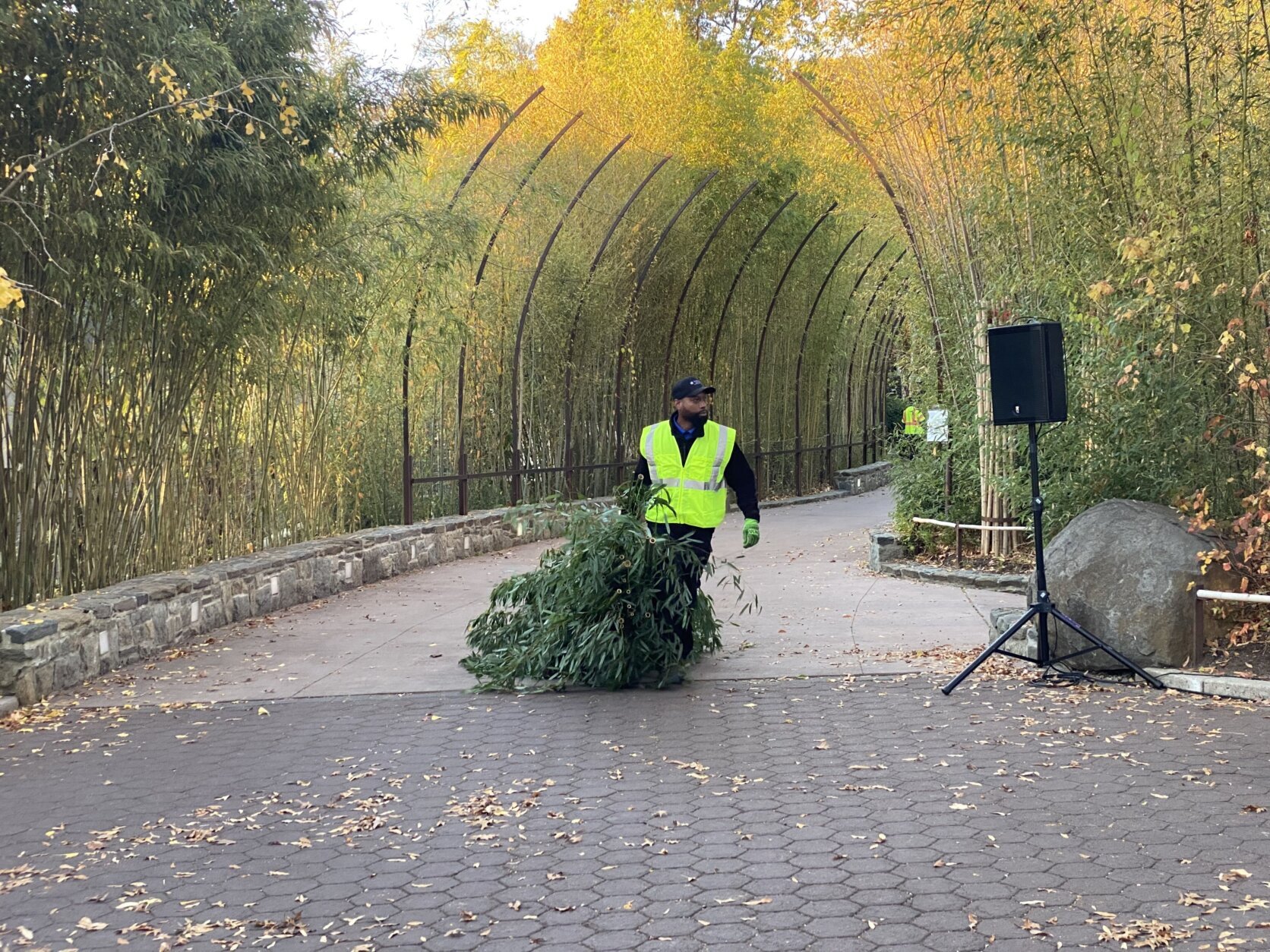
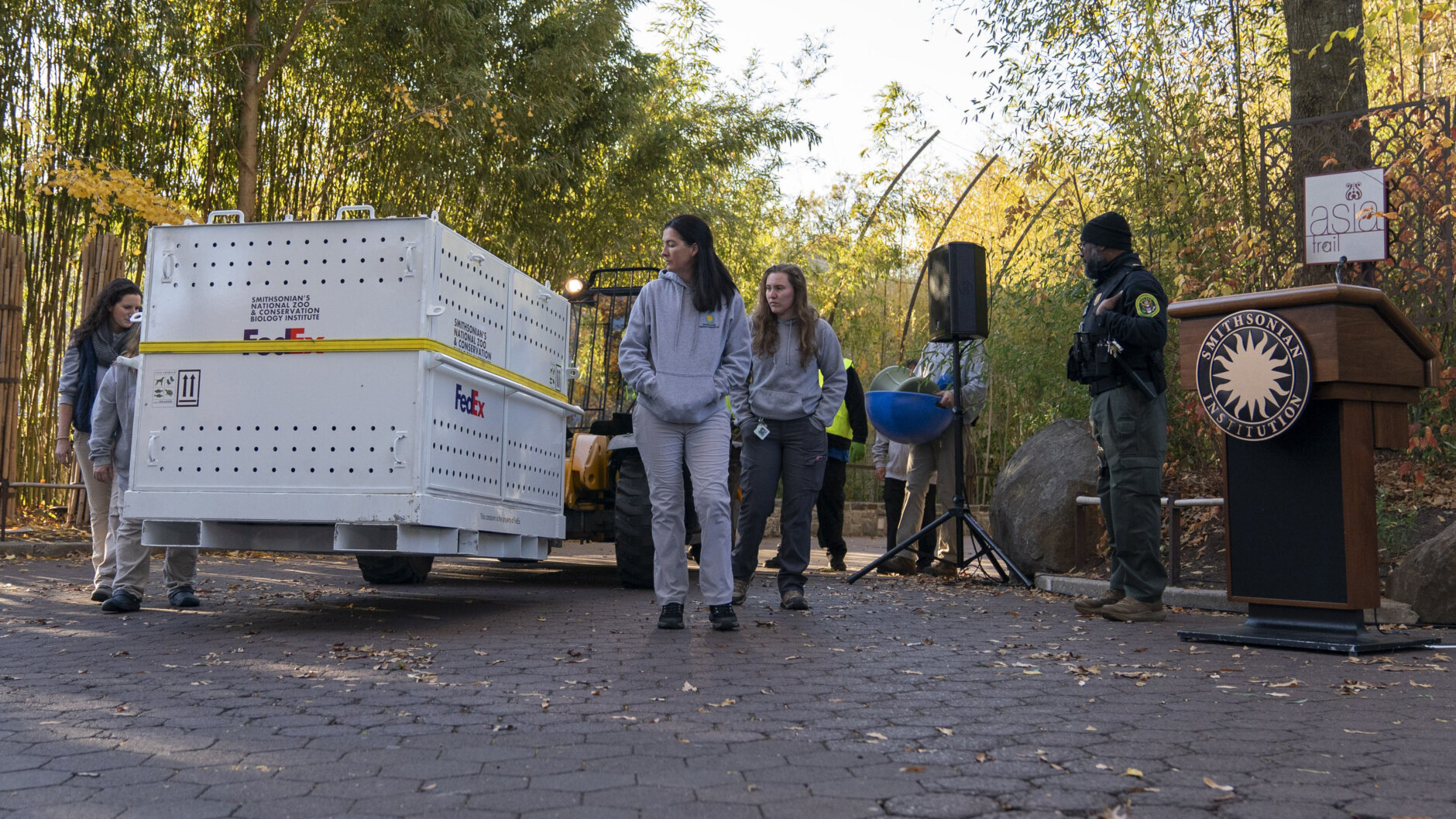
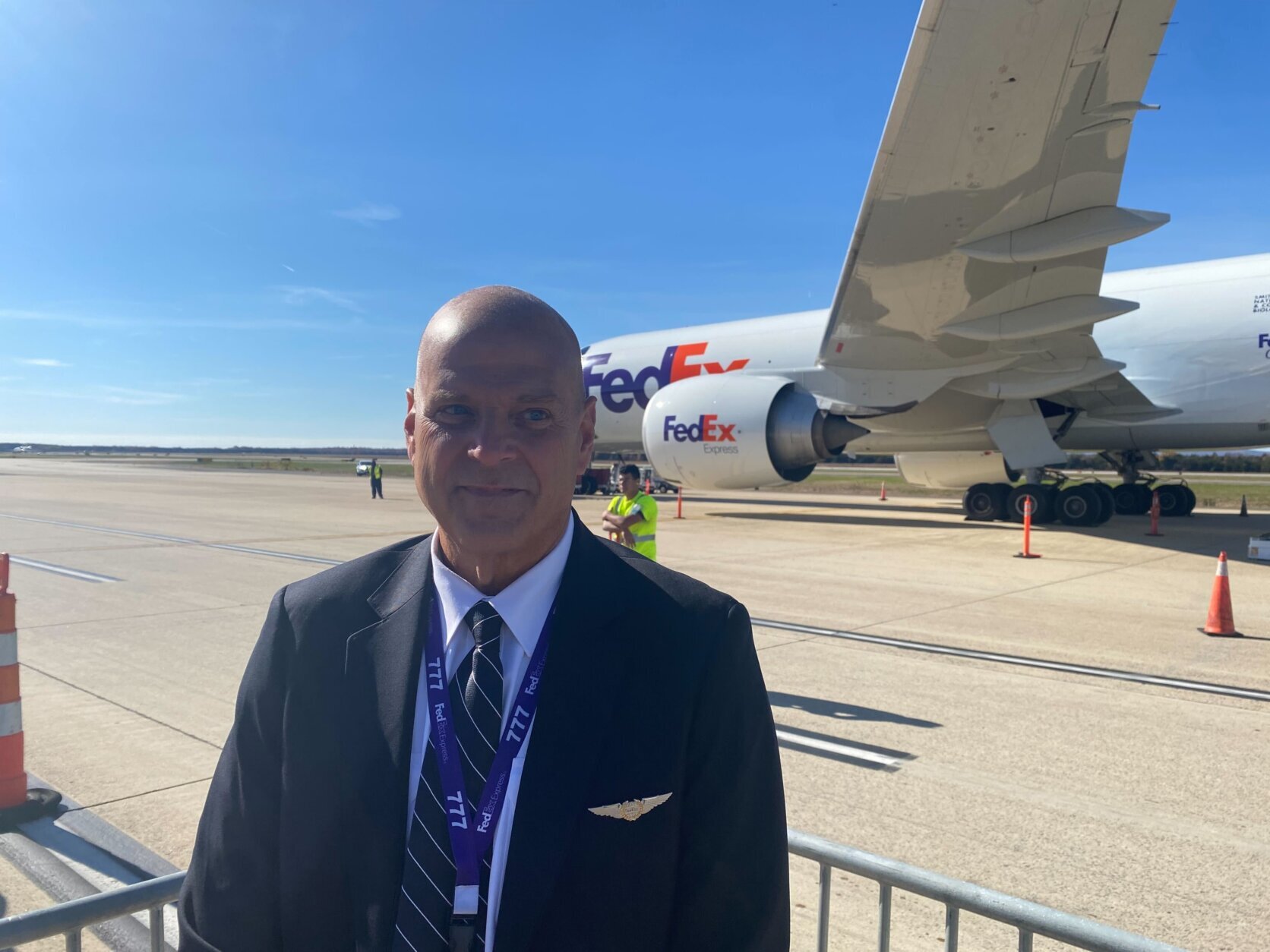
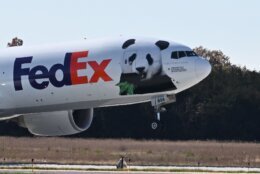









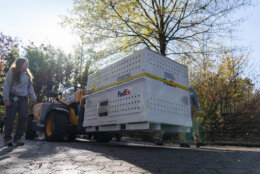


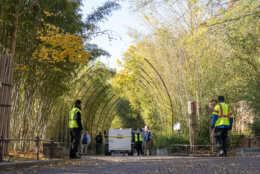

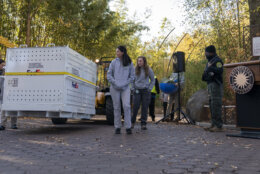

A ‘hard week’ for National Zoo staff and visitors
As the pandas were led away in their crates, Zoo Director Brandie Smith said at a news conference that it’s been hard to say goodbye to the pandas.
This video is no longer available.
“It’s been a hard week and it’s been a hard morning,” Smith said. “But ultimately, our focus today is on the safe transport of these animals to China, and it’s a moment of joy because this is one more step in 50 years of a successful giant panda conservation program. And hopefully the beginning of 50 more years of successful giant pandas conservation.”
Minister of the Chinese Embassy Xu Xueyuan called the zoo’s breeding program successful and said the animals would continue to contribute to world diplomacy.
“Since collaboration between China and the Smithsonian National Zoo began in 2000, the two sides have worked closely and fruitfully on giant panda conservation and research,” Xueyuan said. “Giant pandas belong to China. Giant pandas also belong to the world.”
Now, when visitors arrive at the zoo, the acres of panda habitat will be empty, a first since Mei Xiang and Tian Tian came to D.C. in December 2000.
“There’s certainly a level of sadness that the pandas are leaving there. We’re saying so long to some old friends. But there’s no question that there’s a sense of achievement,” senior curator at the National Zoo Bryan Amaral told WTOP when the pandas’ departure was announced.
One visitor who flew all the way from California to get a last glimpse of the pandas tearfully said she wished the zoo had better communication about the pandas’ last day.
Another visitor who saw the empty habitat said he was “bummed.”
During their two-decade stint, Tian Tian and Mei Xiang parented four surviving cubs. In 2020, Mei Xiang gave birth to Xiao Qi Ji, becoming the oldest panda in the U.S. to give birth.
Scientists and researchers have made great strides since the pandas came to the zoo, including increasing the genetic diversity for pandas in captivity and helping scientists across the world better understand breeding habits.
While these three black-and-white bears will leave, zoo officials are confident that pandas will return to D.C. Until then, the National Zoo plans to complete a multimillion-dollar upgrade to the indoor panda habitat.
WTOP’s Abigail Constantino and John Domen, who reported from Dulles International Airport, contributed to this report.


